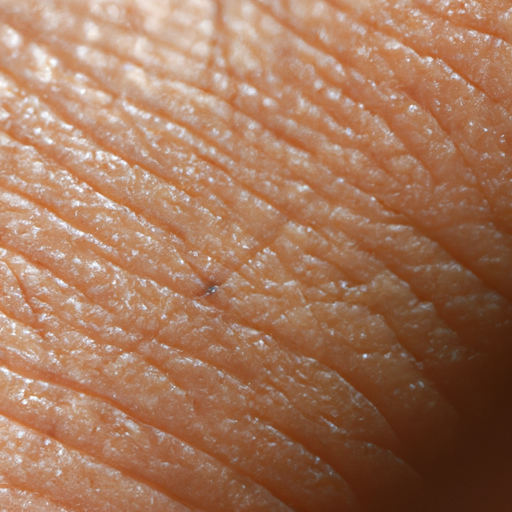Scrubbing the Surface: Unveiling the World of Face and Body Exfoliants and Their Proper Usage
Exfoliation is a fundamental aspect of skincare that often goes overlooked. It is the process of removing dead skin cells from the surface of your skin using a chemical, granular substance, or exfoliation tool. The result is a smoother, brighter complexion and improved overall skin health. This article will delve into the world of face and body exfoliants and guide you on their proper usage.
Exfoliants can be broadly categorized into two types: physical and chemical. Physical exfoliants use small granules, beads, or brushes to physically scrub away dead skin cells. Examples include sugar or salt scrubs, loofahs, and brushes. On the other hand, chemical exfoliants use acids or enzymes to dissolve the bonds between skin cells, allowing them to shed naturally. These include products with ingredients like alpha hydroxy acids (AHAs), beta hydroxy acids (BHAs), and retinoids.
Physical exfoliants are excellent for those with normal to oily skin types, as they can help remove excess oil and unclog pores. However, they should be used cautiously as overuse can lead to skin irritation and inflammation. It’s recommended to use physical exfoliants once or twice a week, depending on your skin’s sensitivity.
Chemical exfoliants are suitable for all skin types, including sensitive skin. They can penetrate deeper into the skin, offering more profound results over time. AHAs are water-soluble and work on the skin’s surface, making them ideal for dry or sun-damaged skin. BHAs are oil-soluble, allowing them to penetrate deeper into the pores, making them perfect for oily or acne-prone skin. Retinoids are another form of chemical exfoliants that work by accelerating cell turnover.
When using chemical exfoliants, start with a lower concentration and gradually increase as your skin builds tolerance. It’s also crucial to use sunscreen during the day as these products can make your skin more sensitive to the sun.
Body exfoliation often gets neglected, but it’s just as important as facial exfoliation. It helps to keep your skin soft, smooth, and radiant. Physical exfoliants like body scrubs and brushes are commonly used for body exfoliation. However, if you have sensitive or dry skin, a gentle chemical exfoliant may be a better option.
The frequency of body exfoliation depends on your skin type and the product used. Generally, it’s safe to exfoliate your body two to three times a week. However, areas with thinner skin, like the chest, should be exfoliated less frequently.
In conclusion, exfoliation is a vital skincare step that helps to maintain healthy, glowing skin. Whether you choose physical or chemical exfoliants depends on your skin type, concerns, and personal preference. Remember to always listen to your skin and adjust your exfoliation routine accordingly. Over-exfoliation can lead to skin irritation and damage, so moderation is key.
Moreover, always follow up with a moisturizer to replenish any lost hydration and protect your freshly exfoliated skin. With the right exfoliant and proper usage, you can unveil a smoother, brighter complexion that radiates health and beauty.



